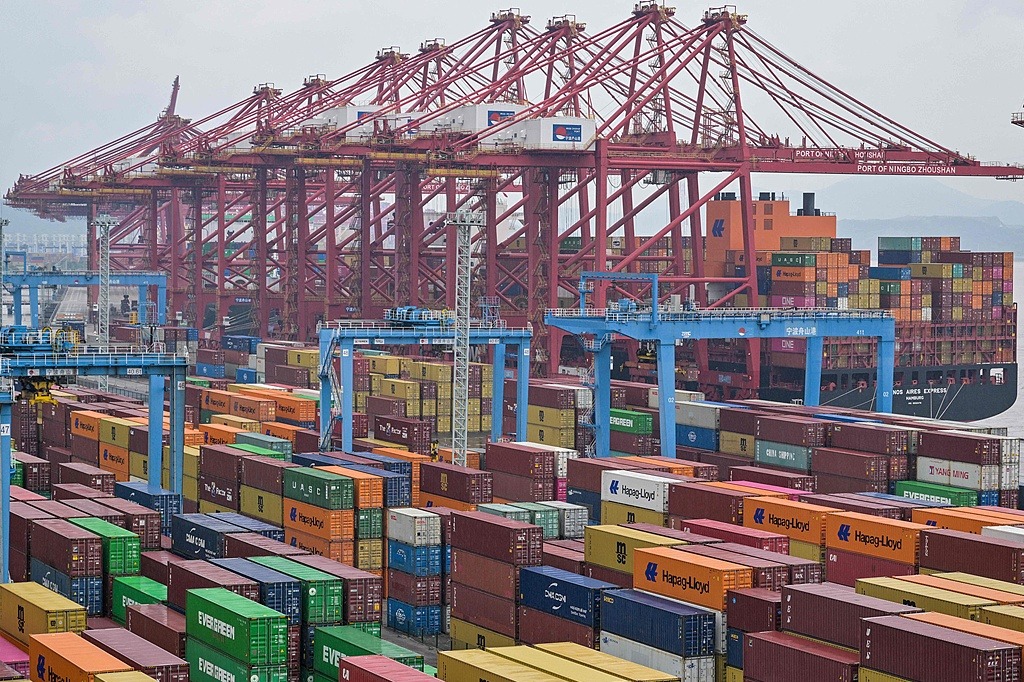US' protectionist measures fail

US protectionist measures, including Section 301 of the US Trade Act of 1974, have not only imposed huge costs on American consumers and its own economy, but also failed to achieve their primary policy aims, according to a report published this week.
Scott Lincicome, an adjunct scholar at the Cato Institute, surveyed academic literature throughout US history - from the founding of the US to its entry into the General Agreement on Tariffs and Trade (GATT) in 1947; from the GATT's early years to the creation of the World Trade Organization in 1995; and the current World Trade Organization (WTO) era.
"The surveys show that, contrary to the fashionable rhetoric, American protectionism has repeatedly failed as an economic strategy," he said.

While most trade specialists and economists agree that US protection measures are costly and not effective, the fact that these measures produce winners and losers is exploited by politicians, according to Lincicome, who is an international trade attorney.
He explained that winners are concentrated, with concentrated benefits, while losers are very diffuse and have diffuse costs.
"So, there is clearly this area for political gain by President Obama or by President Trump to pursue trade measures for political gain despite the potential economist cost," Lincicome told China Daily on Thursday.
A Peterson Institute for International Economics analysis cited in the study shows that threats of retaliation through Section 301 failed to achieve even partial success more than half the time, with actual retaliation working less than 20 percent of the time.
"These outcomes would likely be worse if similar policies were implemented today, owing to increased American integration into the global economy, the proliferation of global supply chains, the rise of other economic powers, and the creation of the WTO," Lincicome wrote in the paper.
The US launched a Section 301 investigation on China over technology transfer and intellectual property last week.
Lincicome believes it's far better for the US to go to the WTO, but it's also too early for people to react much.
"I would agree that in terms of rhetoric, President Trump's rhetoric is easily the most protectionist of any president in the last several decades. On actual policy, the jury is still out," he said.
According to the study, US antidumping law, including measures against Chinese imports, has repeatedly been found not only to hurt US consumers and many large American exporters but also to improve only rarely the state of the protected industry. Instead, what often lies in the wake of
this protection is the bankruptcy of the very firms that lobbied for it.
The paper cited the high cost of protectionism in Obama's imposition of "special" safeguard duties on Chinese tire imports from 2009 to 2011. The US tariffs imposed $1.1 billion in additional costs on US tire consumers in 2011, and the cost per manufacturing job saved was at least $900,000 that year.
Most moves did not benefit US workers, but foreign producers in countries such as Thailand, Indonesia and Mexico, which replace Chinese imports. The US tariffs also killed 2,351 jobs in retail and other industries.
In response to the US tire tariffs, the Chinese government retaliated against US exporters of chicken parts, costing that industry about $1 billion, according to the study.
Lincicome noted that the US has struggled in recent years to adapt to significant economic disruptions due to trade, automation, innovation or changing consumer tastes, and it is legitimate to discuss policy ideas in response.
"What should not be up for debate, however, is whether protectionism would help to solve the country's current problems," he said. "History is replete with examples of the failure of American protectionism; unless our policymakers quickly relearn this history, we may be doomed to repeat it."
chenweihua@chinadailyusa.com
(China Daily USA 08/25/2017 page1)






























